Friedrich Wilhelm, the Great Elector.
Ducat 1686 LCS, Berlin.
Extremely rare.
Attractive piece.
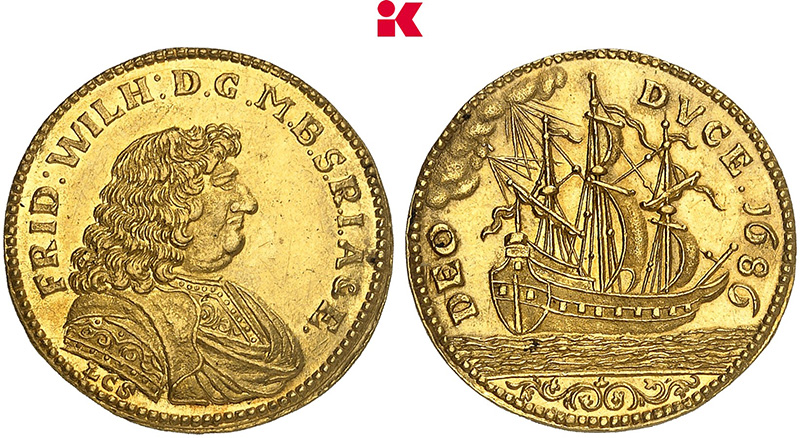

Maximilian II.
Ducat 1855.
Only a few pieces are known.
Extremely fine-uncirculated.
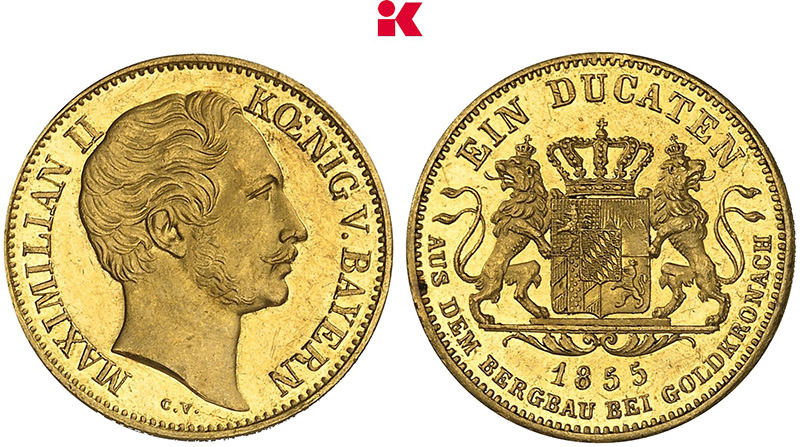
Ferdinand Albrecht I.
Löser in the weight of 4 Reichstalers 1670, Clausthal.
Extremely rare.
Attractive piece.
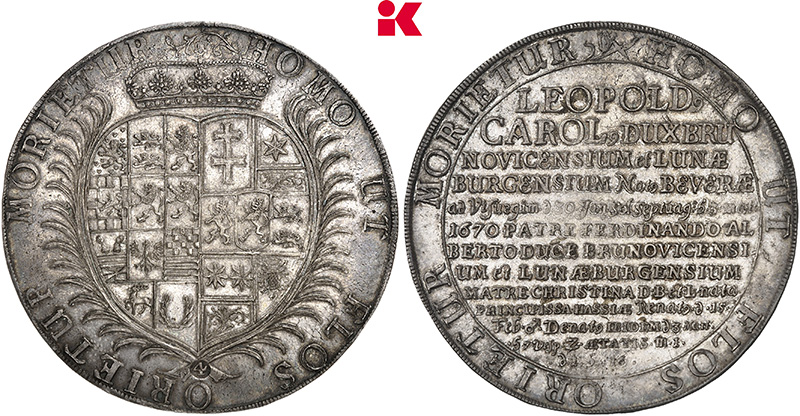
Friedrich Adolf.
5 Ducats 1711, Detmold.
Only known piece.
Extremely fine-uncirculated.
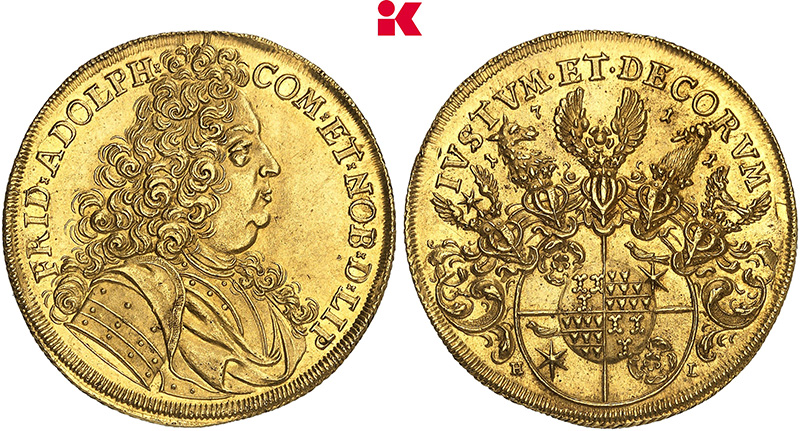
6 Ducats, n. d. (1765-1790), with the title of Joseph II.
NGC MS 62 PL.
Extremely rare.
Attractive piece from polished dies.
Almost uncirculaed.
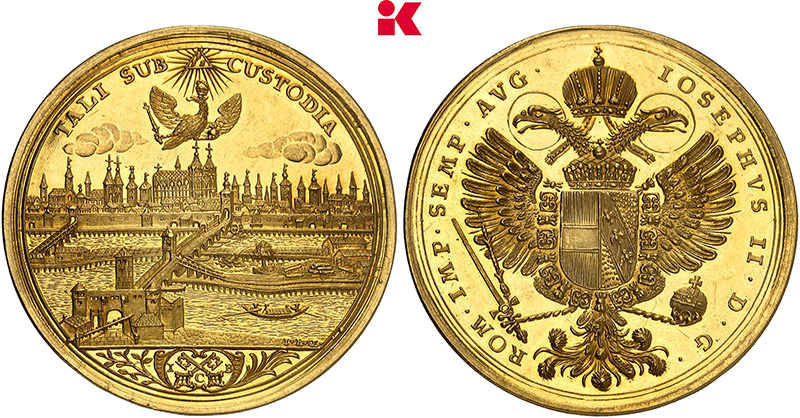
Johann Adolf, 1590-1616.
Portugalöser (10 ducats) n.d., Eutin.
Extremely rare and of particular
significance in monetary history.
Attractive piece.
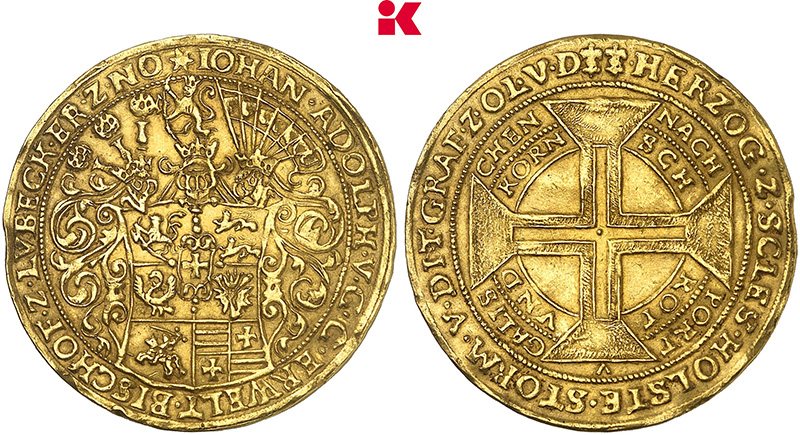
Leopold I, 1657-1705.
20 Ducats, n. d. (after 1666), Hall,
by M. König.
Extremely rare.
Almost extremely fine.

People and markets
Musée Romain Lausanne-Vidy publishes list of stolen coins
On November 18, 2025, the gold coins of the Musée Romain Lausanne-Vidy were the victims of a brutal robbery. Now the list of stolen coins, including photos, has been published.
read more at our partner SIXBID
$800,000 for Set 232 of the Omega Pennies
On average, bidders had to spend around USD 72,000 to purchase one of the 232 coveted sets of three Omega pennies. The most expensive was the last set, which contained the pennies and stamps.
read more at our partner SIXBID
The end of an era: ANS relocates to Ohio
The American Numismatic Society has decided to relocate to Toledo, leaving New York after approximately 170 years. We take a look at the history of the ANS and explain why it makes sense to move.
read more at our partner SIXBID
Kurt Zimmermann (1937-2025)
Kurt Zimmermann was a veteran of the Swiss coin trade who witnessed many upheavals during his career. Older coin collectors still remember him as a specialist at the Swiss Numismatic Museum.
read more at our partner SIXBID
30th World Money Fair
The 30th World Money Fair will take place from January 29 to 31, 2026. Preparations are currently underway everywhere. Make sure you plan ahead to attend this event.
read more at our partner SIXBID
Coins, Medals and more
Assassination in the sacred sphere: the Pazzi conspiracy
Political assassins have always used sacred spaces to carry out their attacks. Immersed in prayer, the faithful are easy targets. A remarkable Renaissance medal tells the story of an assassination.
read more at our partner SIXBID
3 Minutes of Numismatics: King Kroisus and his significance for the monetary system
King Kroisus’ coins are a milestone on the path to our Western monetary system. We show you the first gold coins ever minted.
read more at our partner SIXBID
3 Minutes of Numismatics: Saudi Arabia’s First Islamic Coin
An Umayyad dirham from the year 105 AH could fetch more than $6 million. It originated from the mine of the Commander of the Faithful in the Hejaz. It was the first Islamic coin minted in Saudi Arabia.
read more at our partner SIXBID
Lalique and numismatics
Lalique is one of the world’s most famous Art Nouveau artists. Did you know that he also created a medal in honour of his patron, the actress Sarah Bernhardt? She was a great admirer of Lalique.
read more at our partner SIXBID
3 Minutes of Numismatics: Antimony, Borneo and the White Rajahs of Sarawak
Anyone who wants to understand the 19th century must study its economic history. It was profit that tempted adventurers from across the Western world to build a life for themselves in exotic countries, as the white rajahs of Sarawak did.
read more at our partner SIXBID
Assassination in the sacred sphere: the Pazzi conspiracy
Political assassins have always used sacred spaces to carry out their attacks. Immersed in prayer, the faithful are easy targets. A remarkable Renaissance medal tells the story of an assassination.
read more at our partner SIXBID
3 Minutes of Numismatics: King Kroisus and his significance for the monetary system
King Kroisus’ coins are a milestone on the path to our Western monetary system. We show you the first gold coins ever minted.
read more at our partner SIXBID
3 Minutes of Numismatics: Saudi Arabia’s First Islamic Coin
An Umayyad dirham from the year 105 AH could fetch more than $6 million. It originated from the mine of the Commander of the Faithful in the Hejaz. It was the first Islamic coin minted in Saudi Arabia.
read more at our partner SIXBID
Lalique and numismatics
Lalique is one of the world’s most famous Art Nouveau artists. Did you know that he also created a medal in honour of his patron, the actress Sarah Bernhardt? She was a great admirer of Lalique.
read more at our partner SIXBID
3 Minutes of Numismatics: Antimony, Borneo and the White Rajahs of Sarawak
Anyone who wants to understand the 19th century must study its economic history. It was profit that tempted adventurers from across the Western world to build a life for themselves in exotic countries, as the white rajahs of Sarawak did.
read more at our partner SIXBID






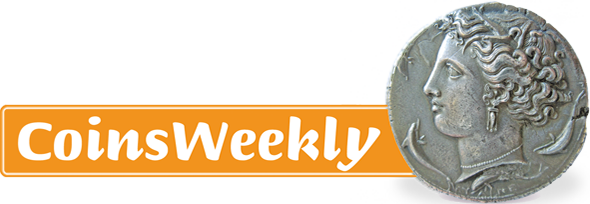
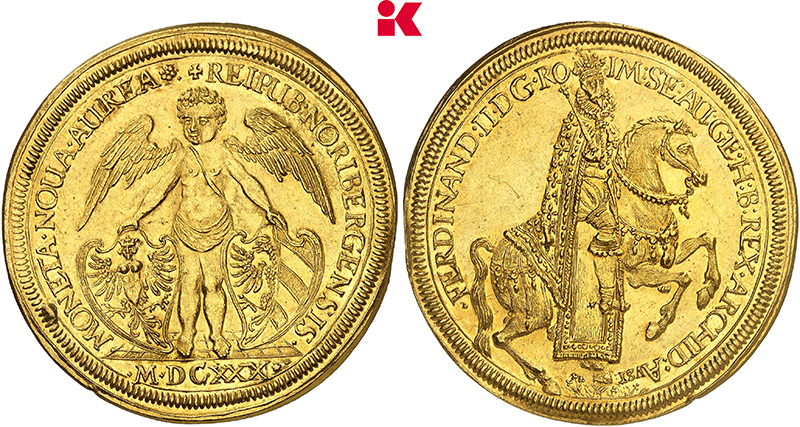
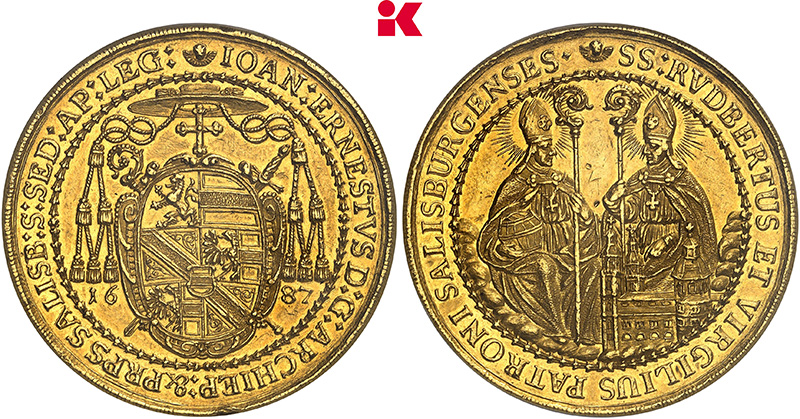
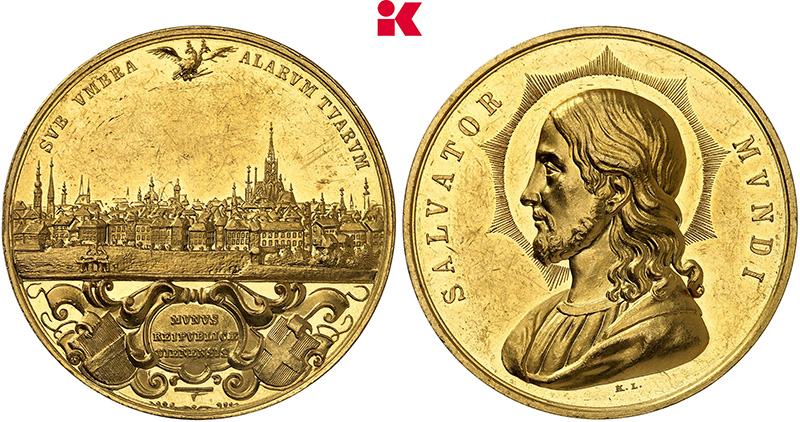
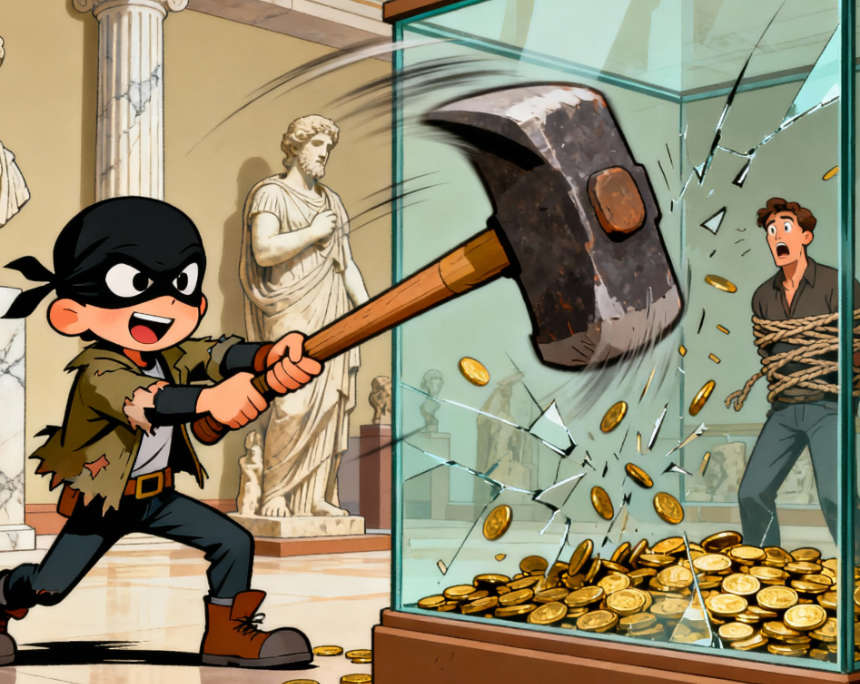
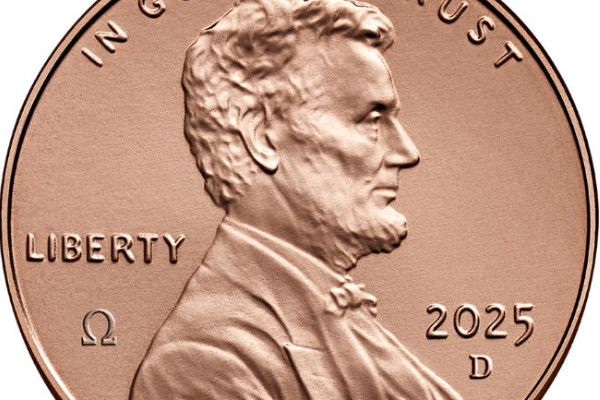
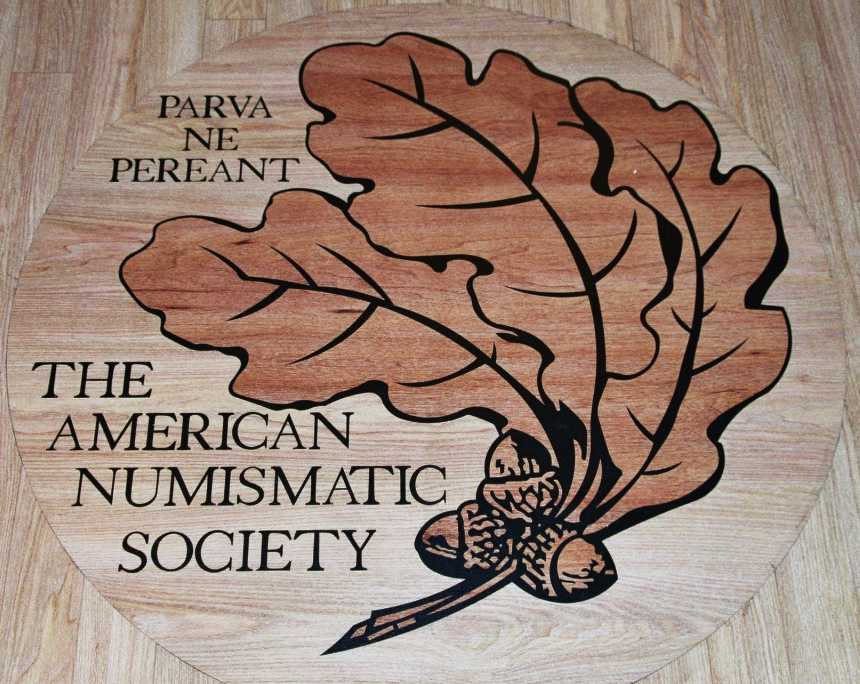


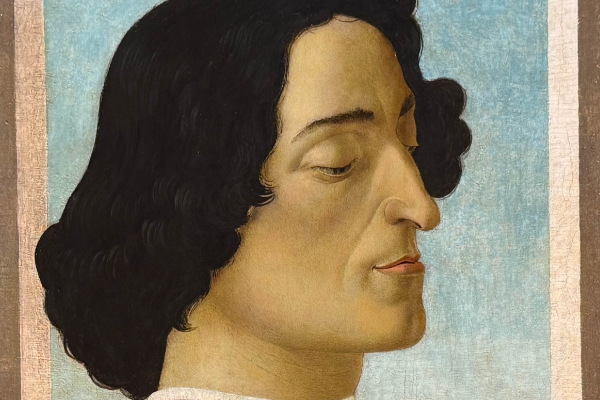
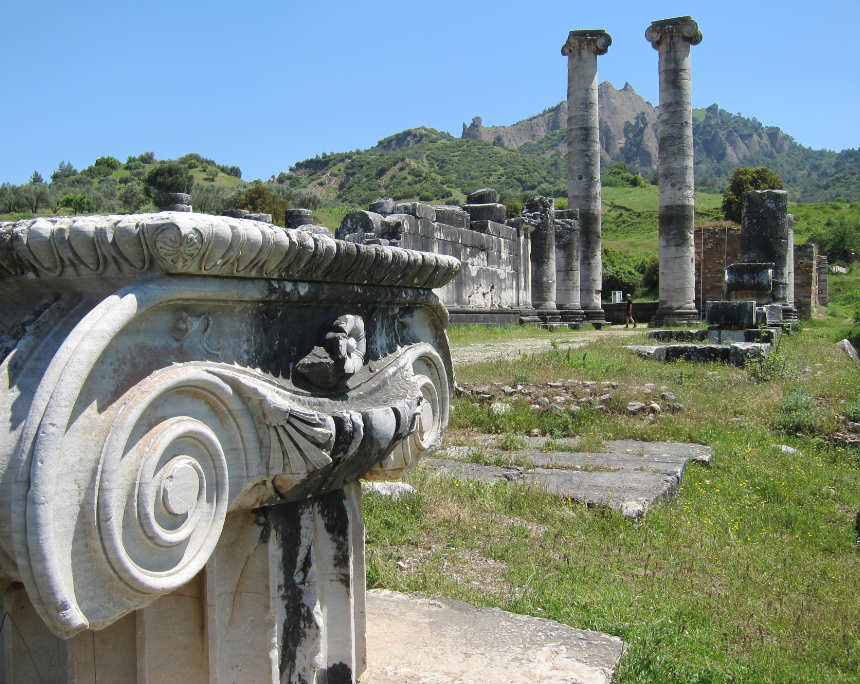
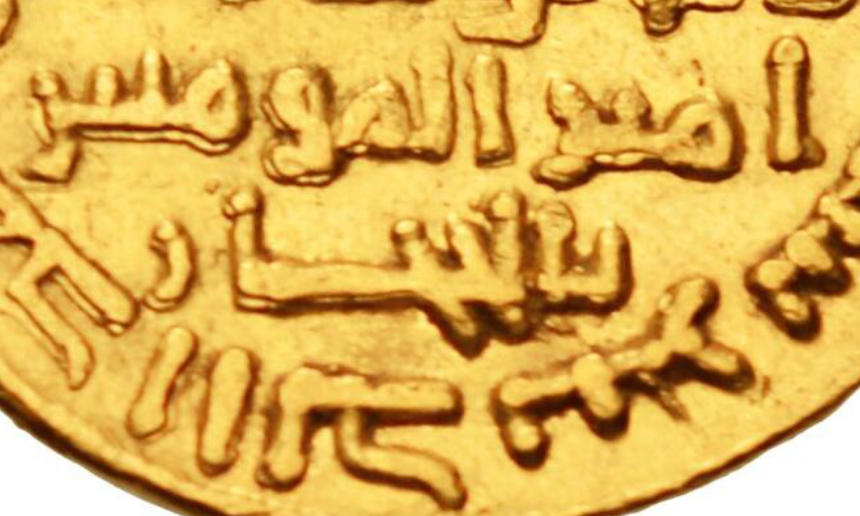

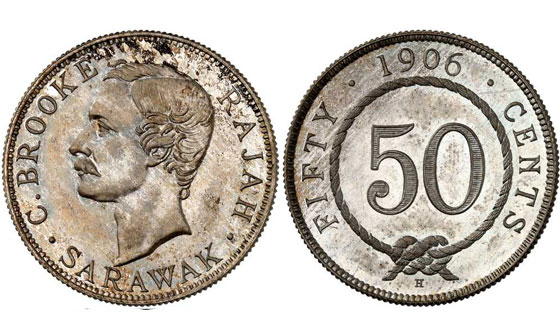
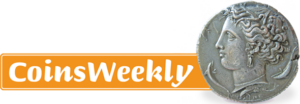
Musée Romain Lausanne-Vidy publishes list of stolen coins
On November 18, 2025, the gold coins of the Musée Romain Lausanne-Vidy were the victims of a brutal robbery. Now the list of stolen coins, including photos, has been published.
read more at our partner SIXBID
$800,000 for Set 232 of the Omega Pennies
On average, bidders had to spend around USD 72,000 to purchase one of the 232 coveted sets of three Omega pennies. The most expensive was the last set, which contained the pennies and stamps.
read more at our partner SIXBID
The end of an era: ANS relocates to Ohio
The American Numismatic Society has decided to relocate to Toledo, leaving New York after approximately 170 years. We take a look at the history of the ANS and explain why it makes sense to move.
read more at our partner SIXBID
Kurt Zimmermann (1937-2025)
Kurt Zimmermann was a veteran of the Swiss coin trade who witnessed many upheavals during his career. Older coin collectors still remember him as a specialist at the Swiss Numismatic Museum.
read more at our partner SIXBID
30th World Money Fair
The 30th World Money Fair will take place from January 29 to 31, 2026. Preparations are currently underway everywhere. Make sure you plan ahead to attend this event.
read more at our partner SIXBID